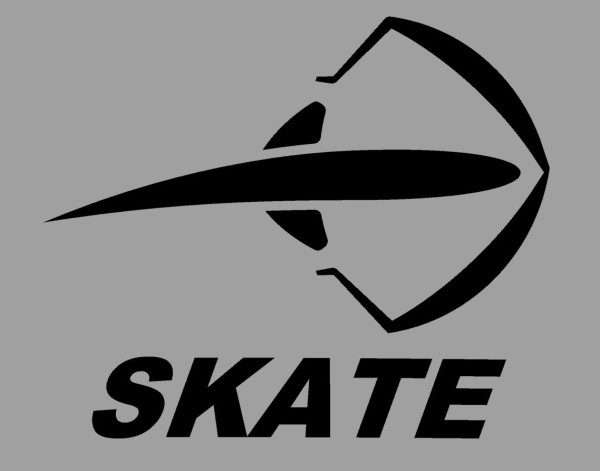Fill coating your laminate can save time in later stages The surface of a fiberglass laminate, if left to its own devices, will be very rough with tiny peaks and valleys between the weave of the cloth. This is because the cloth fluffs up when it gets saturated and does not lay flat on its own. One solution is peel ply as discussed in the previous section, but sometimes you prefer a shiny smooth surface or need a bit of extra epoxy to sand into. Applying a fill coat while the laminate is still green is the easiest way to arrive at that smooth and shinny surface…although it does add extra weight and epoxy.
How to apply a fill coat
To apply a fill coat effortlessly, you need to catch the epoxy while it is still in a green stage before an amine blush can form. Mix up some epoxy and use a short nap roller to apply a uniform coat of epoxy over the surface. Take a foam brush and gently tip out the epoxy to help remove any small bubbles that may have formed on the surface. If done right, the epoxy is just thick enough to flow out and leave a nice shiny surface behind. You will find that the flow coat uses a lot of epoxy and that epoxy is not increasing the strength of the panel…this is mostly for cosmetic purposes. Although this may be a good technique to get a nice wood laminate or bit of carbon fiber to shine, I would advise you to use this technique sparingly, as you want to minimize weight as much as possible in the construction process.



Post your comment on this topic.
Kurt wrote: Aug 27, 2023
Hi Brian, I have gone the route to use peel ply. It seemed to me to be more work up front, but less on the back end IF you want a smooth surface on the interior of the hull. It seems that most serious racing hulls for go aesthetics and only paint over the the first lamination without any serious filling and fairing. This makes sense as the extra epoxy only add weight and not strength. Personally, I want an interior that is easy to wipe clean, especially condensation, mold etc...
Primary Author wrote: Jul 27, 2023
As in much of boat building-- it really depends. Ideally, if you do a clean job of using peel ply you will use less epoxy, have a surface ready to bond to, and in many cases can go right to primer and fillers once the panels are taped together. However, I have seen many boat builders get into trouble the first time they use peel ply by trying to squeegee it out. This will stretch the peel ply and can cause big wrinkles all over the laminate. In those cases, they end up having to use a lot more fairing compound and spend many more rounds of sanding.
Brian Sable wrote: Jul 26, 2023
Just to clarify what I am reading. It would be ideal to use peel ply. If peel ply is used, then a fill coat will be unnecessary. Could having less epoxy on the panels come back to bite us when fairing the hull? (Risk of eating into the glass layer with sanding.)